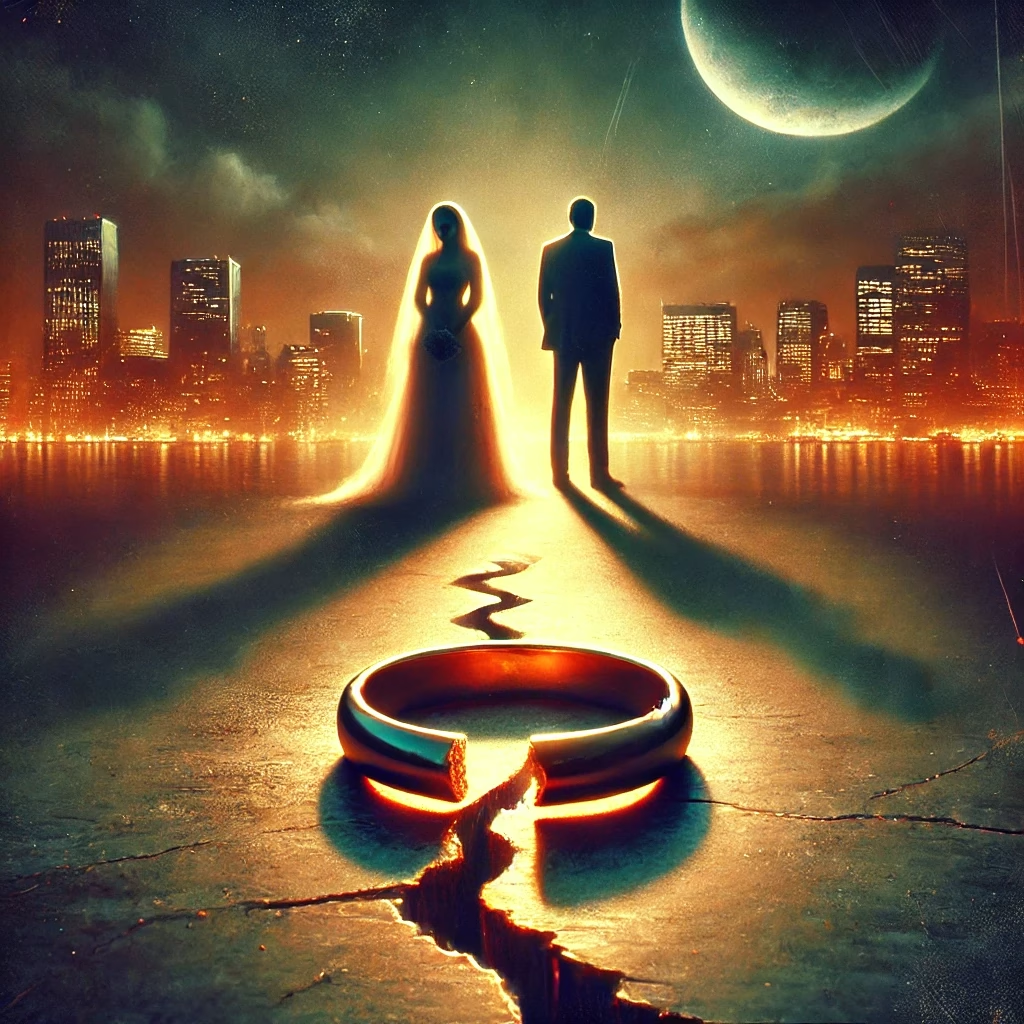Don Aronow wasn’t born with salt in his veins — he poured it in himself.
He came from Brooklyn, made a pile of money in construction up north, then did what a lot of men with more money than peace of mind do: he came to Florida. Back then, Miami was still pretending to be civilized. But beneath the tans and the cocktails, it was already sweating ambition, cocaine, and danger.
Don liked fast things — cars, boats, women, deals — anything that made the world blur around the edges. He built his own kingdom on a stretch of asphalt called Thunderboat Row, where engines screamed and dreams caught fire. Every boat he made had a name that sounded like trouble — Donzi, Magnum, Cigarette. They weren’t just boats. They were floating declarations of ego.
Pretty soon, everyone who wanted to feel untouchable came calling — millionaires, movie stars, presidents, and yes, the kind of men who moved more powder than a ski slope. Don didn’t ask too many questions, and they didn’t offer too many answers. Miami had a funny way of making crime look like glamour back then — all gold chains and government contracts.
Even the U.S. government got in on the act. George Bush — the senior one — was out there testing Aronow’s boats for the CIA and Customs, chasing drug smugglers who were, more often than not, using the same kind of boats Don had just sold to their competitors. That’s capitalism for you: sell to both sides and let the ocean sort it out.
Don Aronow built it for U.S. Customs in the mid-1980s — a 39-foot catamaran designed to chase down the drug runners who, ironically, were often using his own earlier designs like the Cigarette and Magnum. The Blue Thunder boats were part of a government effort to fight the “Cocaine Cowboys” era of smuggling off the Florida coast.
They were incredibly fast for their time — twin 1,200-horsepower engines, capable of around 80–90 mph on rough open water. Customs officers loved them; smugglers feared them.
But there’s a dark twist, as always with Aronow: not long after he delivered Blue Thunder to the government, he was murdered. Many still whisper that his dealings around that very contract — and who got cut out of it — may have played a part in his death.
In 1987, Don Aronow was shot dead in his blue Mercedes, right outside his office. Middle of the day, broad as the sun, clean as a signature. They said it was business, but in Miami, “business” was just a polite word for murder with a receipt.
The man they said did it was another racer, another hotshot named Ben Kramer — a friend once, a rival later, a ghost by the end. They called it revenge, but I call it inevitable. You can’t spend your life dancing on the edge of the world and expect the music never to stop.
Today, people still talk about Don Aronow like he was half legend, half lesson. His boats still slice through the water like anger made of fiberglass. His story still smells like gasoline, sea spray, and moral smoke.
And maybe that’s the point. He chased the idea that being fast meant being free.
But the truth — the quiet, boring truth — is that every engine, no matter how well built, runs out of fuel.
© 2025 insearchofyourpassions.com - Some Rights Reserve - This website and its content are the property of YNOT. This work is licensed under a Creative Commons Attribution 4.0 International License. You are free to share and adapt the material for any purpose, even commercially, as long as you give appropriate credit, provide a link to the license, and indicate if changes were made.








